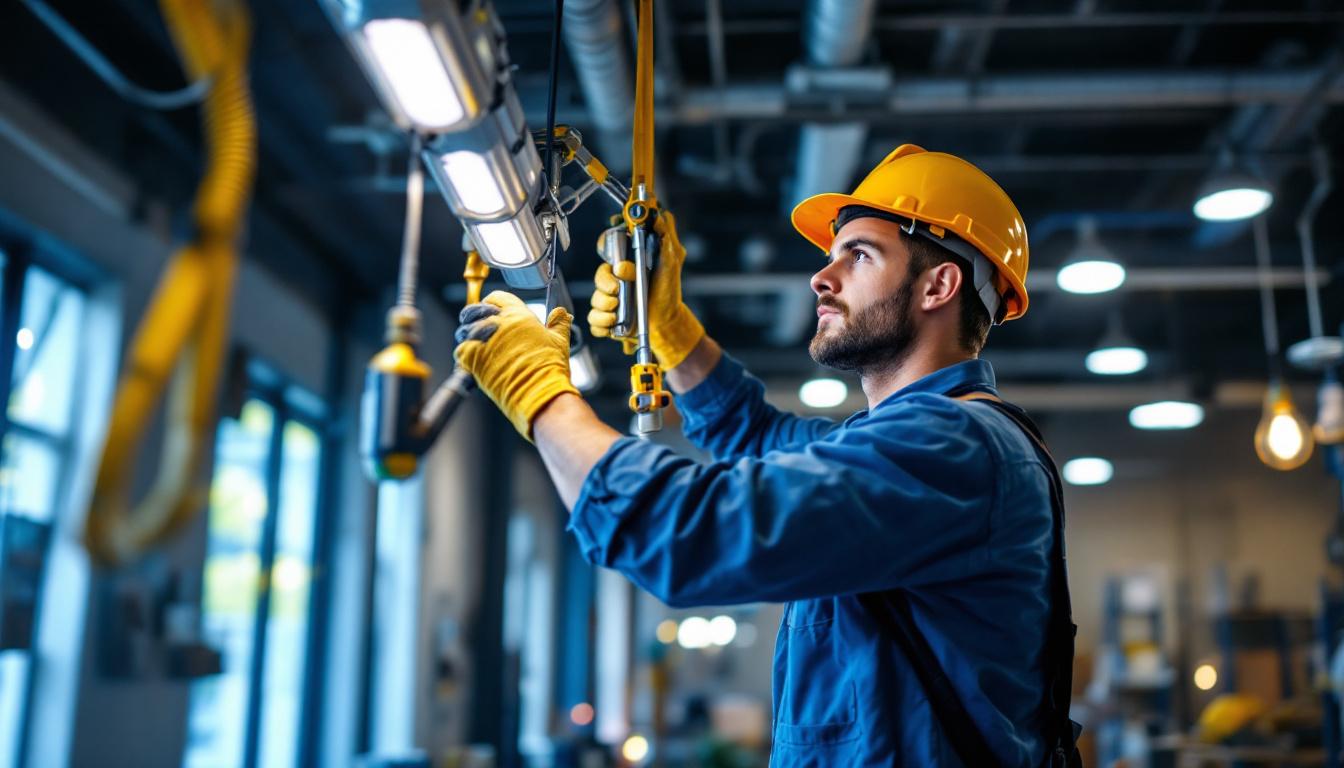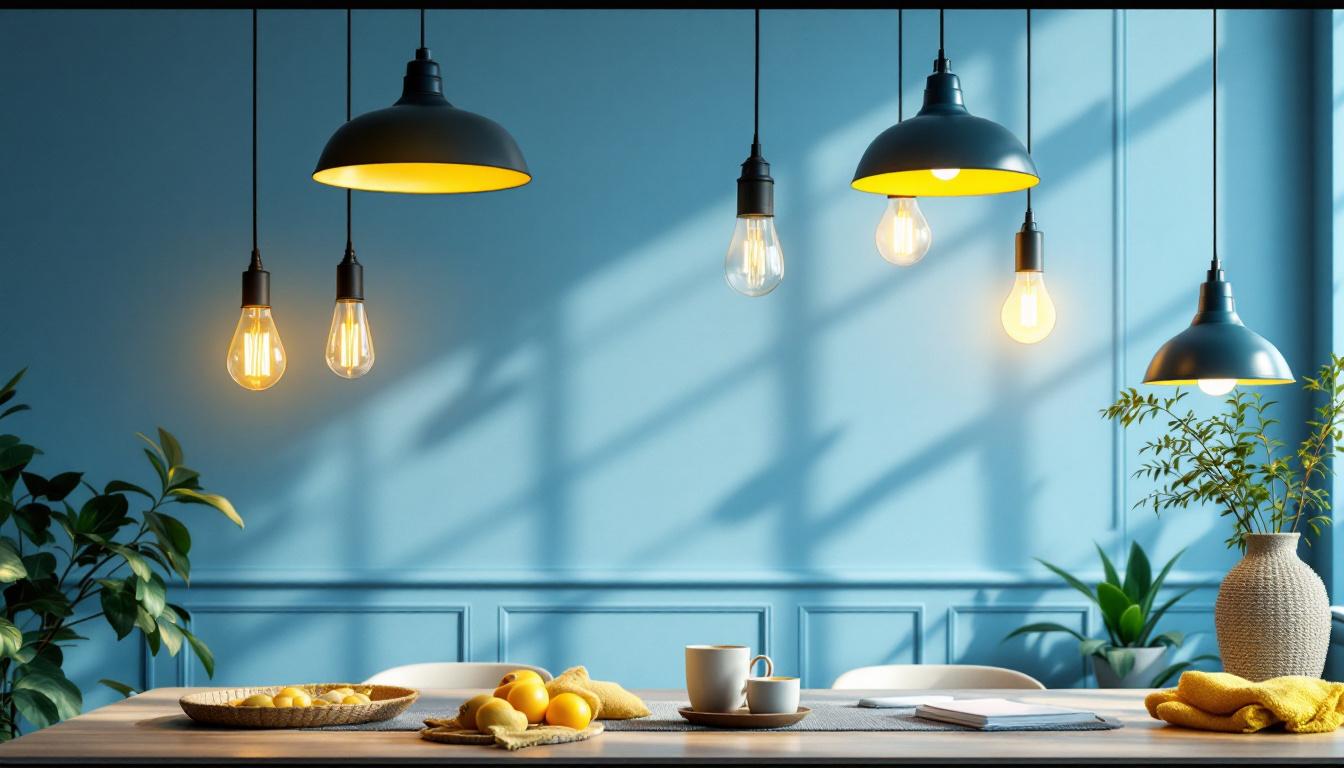
In the ever-evolving world of lighting solutions, standard ballast plays a crucial role in ensuring optimal performance and efficiency. For lighting contractors, understanding the nuances of ballast technology can significantly impact project outcomes and client satisfaction. This article delves into the importance of standard ballast, its types, applications, and best practices that can help lighting contractors maximize their success.
Ballasts are essential components in lighting systems, particularly in fluorescent and HID (High-Intensity Discharge) fixtures. They regulate the current flowing through the lamp, ensuring that it operates efficiently and effectively. Without a proper ballast, lights can flicker, burn out prematurely, or even pose safety hazards. The role of a ballast extends beyond mere regulation; it also helps in starting the lamp by providing the necessary voltage to initiate the arc discharge in gas-filled tubes. This critical function not only enhances performance but also contributes to the longevity of the lighting system.
Standard ballasts are designed to meet specific performance criteria, providing a stable electrical environment for various types of lighting. By grasping the fundamentals of how ballasts function, contractors can make informed decisions that enhance the overall quality of their lighting installations. Moreover, understanding the compatibility of ballasts with different lamp types can lead to optimized energy consumption and reduced operational costs, making it a crucial aspect of any lighting project.
There are several types of standard ballasts available in the market, each serving different lighting applications. The most common types include magnetic ballasts, electronic ballasts, and smart ballasts. Understanding the differences between these types can help contractors choose the most suitable option for their projects. Each type comes with its own set of advantages and disadvantages, which can significantly impact the performance and efficiency of the lighting system.
Magnetic ballasts have been around for decades and are known for their durability and reliability. They use electromagnetic coils to regulate the current to the lamp. While they are generally more affordable, magnetic ballasts can be less energy-efficient and may produce more heat compared to their electronic counterparts. They are best suited for applications where cost is a primary concern and energy efficiency is less critical. Additionally, magnetic ballasts are often favored in environments where extreme conditions may be present, as their robust design can withstand harsher elements without compromising performance.
Electronic ballasts have gained popularity due to their energy efficiency and improved performance. They use electronic circuits to control the current, resulting in better light quality and reduced flicker. Additionally, electronic ballasts can operate at higher frequencies, which can enhance the lifespan of the lamps. For contractors looking to provide energy-efficient solutions, electronic ballasts are often the preferred choice. Furthermore, many electronic ballasts are designed to be lightweight and compact, making them easier to install and integrate into various lighting fixtures, thus streamlining the installation process.
Smart ballasts represent the latest advancement in ballast technology. These devices can communicate with lighting control systems, allowing for greater flexibility and customization. They can adjust light output based on occupancy or daylight availability, making them ideal for modern smart buildings. Contractors who are focused on integrating advanced technologies into their projects should consider smart ballasts as a viable option. In addition to their adaptability, smart ballasts often come equipped with features that enable remote monitoring and diagnostics, providing valuable insights into the performance of the lighting system and facilitating proactive maintenance strategies.
The versatility of standard ballasts allows them to be used in various applications, from commercial to residential settings. Understanding where and how to implement these ballasts is essential for lighting contractors aiming to meet diverse client needs.
In commercial environments, such as offices, retail spaces, and warehouses, standard ballasts are crucial for maintaining consistent lighting levels. They ensure that fluorescent and HID fixtures operate efficiently, providing adequate illumination for employees and customers alike. Contractors working in commercial settings should prioritize energy-efficient ballasts to help clients reduce operational costs.
In residential applications, standard ballasts can be found in various fixtures, including recessed lighting, track lighting, and outdoor lighting. Homeowners increasingly seek energy-efficient solutions, making it essential for contractors to recommend ballasts that meet these demands. By selecting the right ballast, contractors can enhance the overall aesthetic and functionality of residential lighting systems.
Industrial facilities often require robust lighting solutions to ensure safety and productivity. Standard ballasts are vital in these settings, as they help maintain consistent light levels in challenging environments. Contractors must consider the specific needs of industrial clients, such as durability and resistance to harsh conditions, when selecting ballasts for these applications.
Choosing the right ballast is critical for the success of any lighting project. Several best practices can guide lighting contractors in making informed decisions that align with their clients’ needs and project specifications.
Before selecting a ballast, it’s essential to evaluate the specific requirements of the project. Consider factors such as the type of fixtures being used, the desired light output, and the operating environment. By understanding these parameters, contractors can narrow down their options and select the most appropriate ballast for the job.
Energy efficiency is a significant consideration in today’s lighting market. Clients are increasingly looking for solutions that reduce energy consumption and lower utility bills. When selecting standard ballasts, contractors should prioritize energy-efficient models, such as electronic and smart ballasts, that can provide substantial savings over time.
Not all ballasts are compatible with every type of lamp or fixture. It is crucial for contractors to ensure that the selected ballast matches the specifications of the lighting system. This includes verifying the wattage, voltage, and type of lamp being used. Compatibility checks can prevent costly mistakes and ensure optimal performance of the lighting installation.
Proper installation of standard ballasts is essential for achieving optimal performance and longevity. Here are some valuable tips for lighting contractors to consider during the installation process.
Each ballast comes with specific installation instructions provided by the manufacturer. Following these guidelines is crucial for ensuring safety and compliance with electrical codes. Contractors should take the time to read and understand these instructions before beginning the installation process.
Wiring is a critical aspect of ballast installation. Contractors must ensure that all connections are secure and properly insulated to prevent electrical hazards. It is advisable to use high-quality wiring materials and connectors to enhance the reliability of the lighting system.
After installation, it is essential to test the lighting system to ensure that everything is functioning correctly. This includes checking for flickering lights, verifying that all fixtures are operating at the desired brightness, and confirming that the ballast is performing as expected. Conducting thorough tests can help identify any issues before the project is completed.
Regular maintenance and troubleshooting are vital for ensuring the longevity and performance of lighting systems equipped with standard ballasts. Contractors should educate their clients on the importance of routine checks and provide guidance on how to address common issues.
Encouraging clients to conduct routine inspections of their lighting systems can help identify potential problems before they escalate. Simple checks, such as looking for flickering lights or unusual noises, can indicate issues with the ballast or fixture. By addressing these concerns promptly, clients can avoid costly repairs and downtime.
Common issues with standard ballasts may include flickering lights, buzzing sounds, or complete fixture failure. Contractors should be prepared to troubleshoot these problems effectively. For instance, flickering lights may indicate a loose connection or a failing ballast, while buzzing sounds could be a sign of an incompatible ballast. Providing clients with solutions to these common issues can enhance their satisfaction and trust in the contractor’s expertise.
The lighting industry is continuously evolving, with advancements in ballast technology paving the way for more efficient and intelligent lighting solutions. Lighting contractors should stay informed about emerging trends to remain competitive and meet client demands.
As smart building technologies become more prevalent, the integration of ballasts with smart systems is on the rise. Smart ballasts can communicate with lighting control systems, allowing for real-time adjustments based on occupancy and ambient light levels. Contractors should explore opportunities to incorporate these advanced technologies into their projects to provide clients with cutting-edge solutions.
With a growing emphasis on sustainability, the demand for energy-efficient lighting solutions continues to rise. Standard ballasts that meet stringent energy efficiency standards will become increasingly important. Contractors should consider eco-friendly options that align with sustainability initiatives, helping clients reduce their environmental impact.
Standard ballast is a fundamental component in the lighting industry, playing a pivotal role in the performance and efficiency of lighting systems. For lighting contractors, understanding the various types of ballasts, their applications, and best practices for selection and installation is essential for maximizing success. By staying informed about emerging trends and technologies, contractors can position themselves as leaders in the field, delivering exceptional value to their clients.
Ultimately, the right choice of ballast can significantly enhance the quality of lighting installations, leading to satisfied clients and successful projects. By prioritizing energy efficiency, compatibility, and proper installation techniques, lighting contractors can ensure that their projects not only meet but exceed client expectations.
Ready to elevate your lighting projects with the highest quality ballasts and fixtures? Look no further than LumenWholesale. Our commitment to empowering contractors with spec-grade lighting products at unbeatable wholesale prices ensures that you can deliver exceptional value to your clients. With LumenWholesale, you’ll find an extensive selection of reliable, high-performance lighting that meets the highest industry standards. Plus, with the convenience of free shipping on bulk orders, you get the best value without hidden fees or compromises. Don’t let middleman markups dim your project’s potential. Experience the perfect blend of quality, affordability, and convenience. Wholesale Lighting at the Best Value is just a click away.

Discover how affordable pendant light fixtures can transform your space with style and efficiency.

Discover why staying informed about Type B bulbs is essential for lighting contractors.

Discover cost-effective strategies for lighting contractors to incorporate LED strip lights into their projects.

Discover the essential reasons why the A19 LED lamp is a must-have for every lighting contractor.